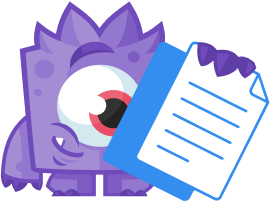Looking to track the activities of your logged in users while they visit your website? MonsterInsights offers two types of user tracking: User ID tracking with the built-in Google Analytics feature and user tracking by setting up a custom dimension.
In this article, we’ll explain two types of visitor tracking offered by MonsterInsights.
You’ll find:
- What is User ID Tracking?
- What is Logged In Custom Dimension Tracking?
- User ID Tracking vs. Logged In Custom Dimension Tracking
What is User ID Tracking in Google Analytics?
By default, Google Analytics identifies every user of your website by assigning them a unique ID known as App Instance ID.
This ID is a unique, randomly generated string and gets stored in a site visitor’s cookies, which helps identify and represents the unique device from which users engage with your content.
You’ll be able to see this App Instance ID in the Explore » User Explorer custom report.
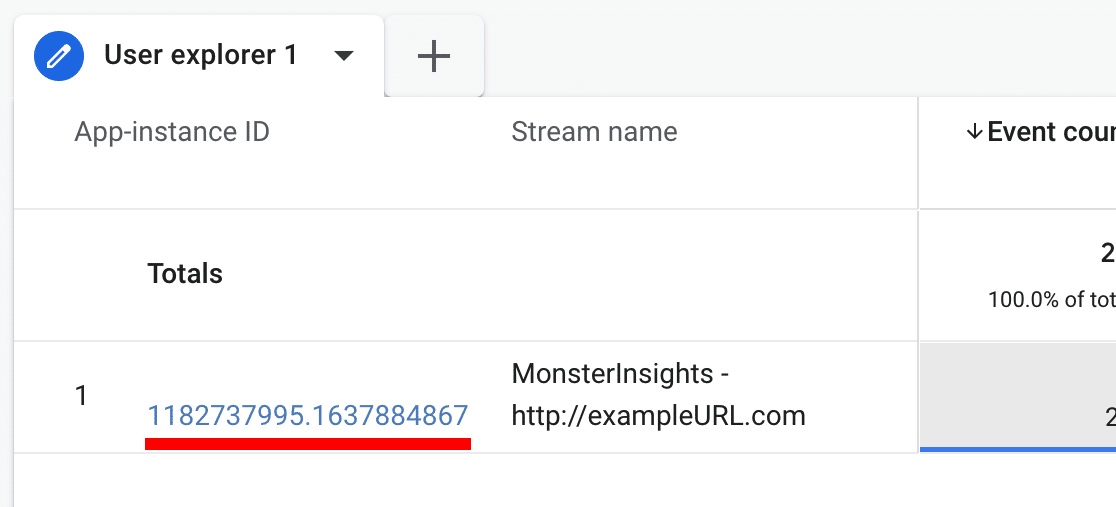
One quirk about tracking site visitors this way is if a unique user browses through your website from two different devices, it will be counted as two different users, not a single user.
By enabling User ID tracking with MonsterInsights, you can track individual logged in users more accurately even if they visit your site from different devices. This way, you can accurately track the engagement data of each unique user of your website and discover how they interact with your content from different devices and multiple sessions over an extended period of time.
How does MonsterInsights User ID Tracking Work?
Instead of using the Google Analytics App Instance ID, MonsterInsights uses the unique WordPress User ID of each individual user, so you can easily keep track of logged in users in your Google Analytics reports.
To find the WordPress User ID of your users, just go to your WordPress dashboard and click on Users » All Users.
Then, locate the user you want to find the ID for and click the Edit link.
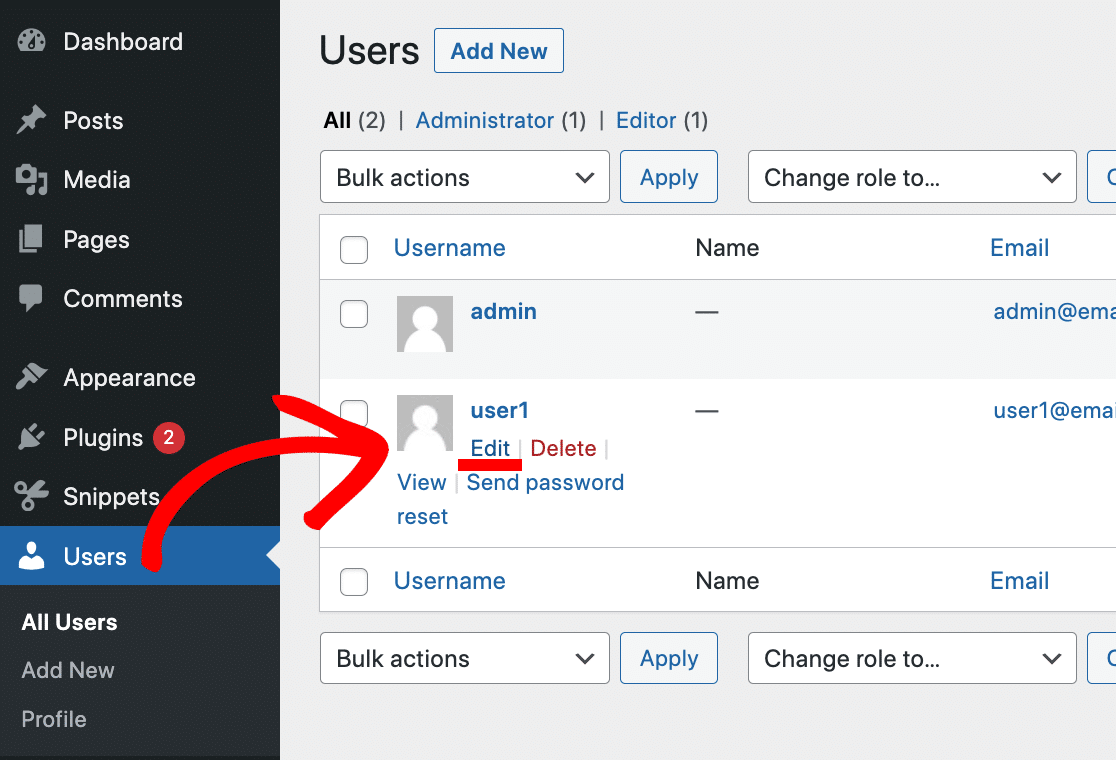
You’ll see the User ID in the web address or URL while viewing the edit page for that user. The parameter is labelled as user_id.

MonsterInsights replaces the anonymous App Instance ID with this WordPress User ID in just a few clicks.
Refer to this guide to learn how to enable user tracking in Google Analytics.
How to Find the User ID Tracking Report in Google Analytics
Once you’ve enabled User ID Tracking, you can go to Explore and click into your existing User explorer report to view your tracked User IDs.
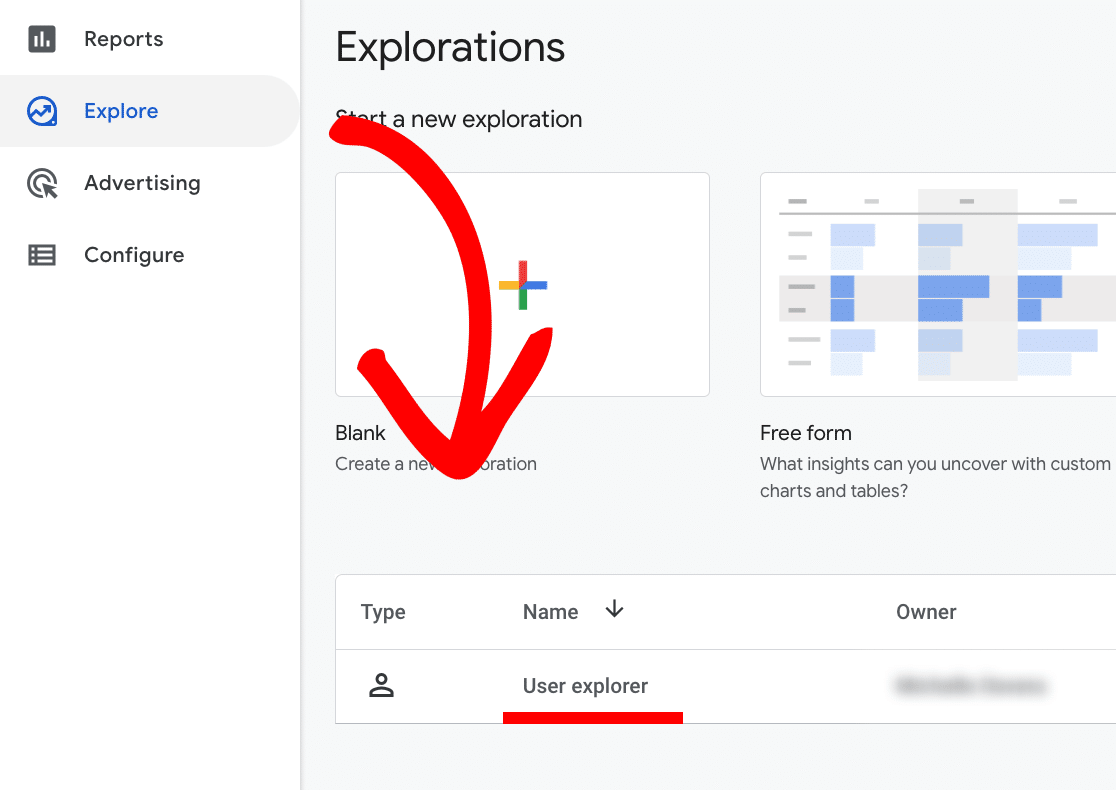
If you haven’t made a User explorer report yet, you can click on the right arrow (›) on the page to scroll to the template User explorer (normally found to the most right of the page) and click on it to create one.
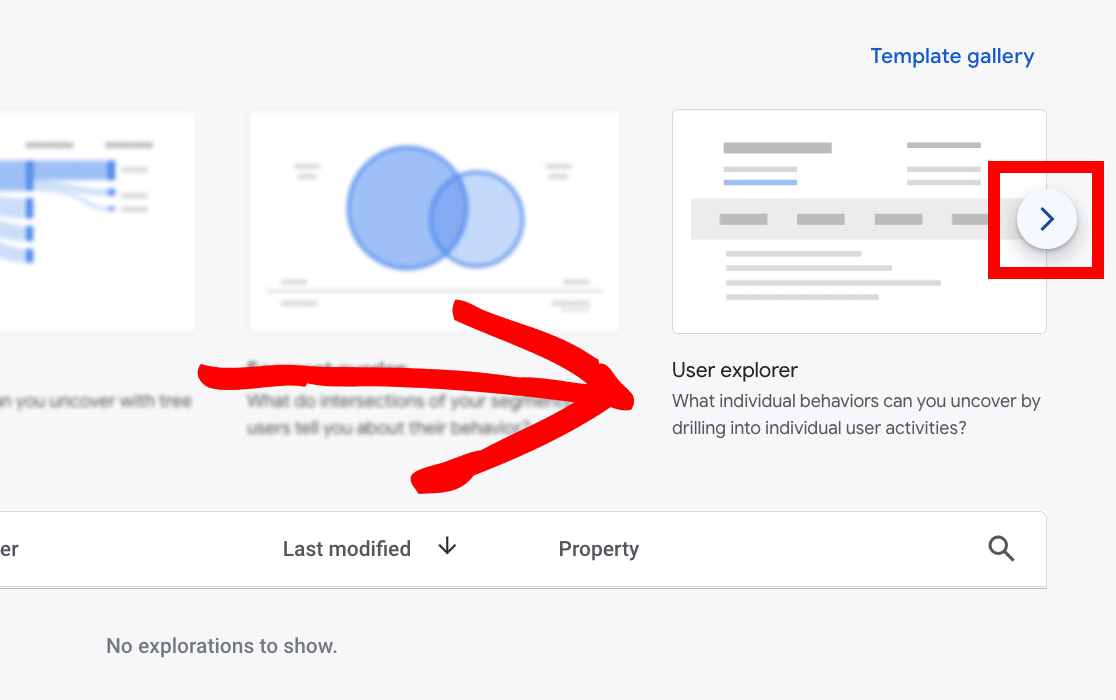
In your created User explorer report, you’ll be able to see the App Instance ID replaced with a User ID.
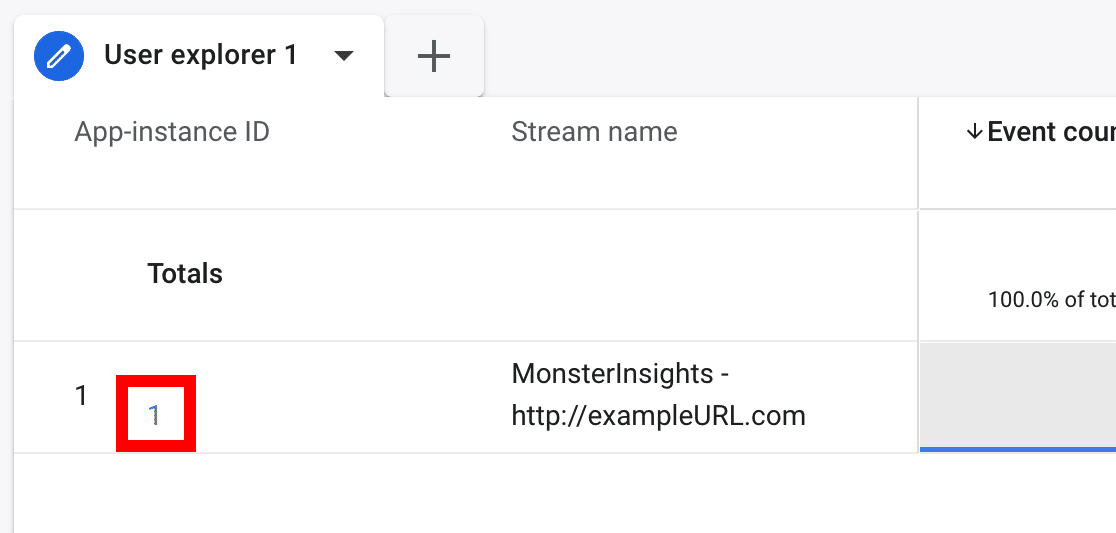
If you click into the User ID, you’ll open another tab titled User activity 1 and be able to view more details on that individual site visitor and their activity.
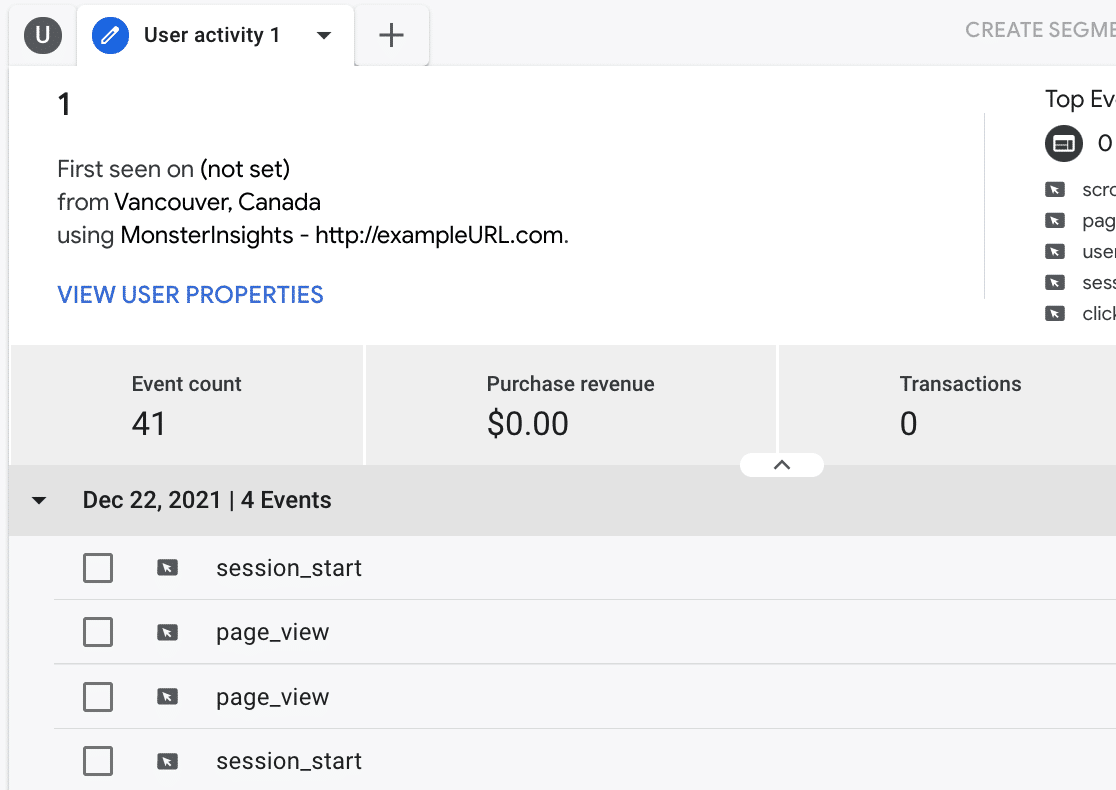
What is Logged In Custom Dimension?
The Logged In custom dimension keeps track of whether your visitors are logged in to your site or not. However, it doesn’t track individual users.
How to Set Up Logged In Custom Dimension Tracking
You’ll have to set up a custom dimension with Logged In as a dimension type using our Custom Dimensions addon.
For more help, you can learn how to set up custom dimensions.
How to Find the Logged In Dimension Report in WordPress
Prerequisites: You will need to have the Pro Tier or higher of MonsterInsights installed.
Step 1: Navigate to Insights » Reports » Dimensions.
Step 2: Select the desired date range.
Step 3: Scroll down to your logged in sessions report.
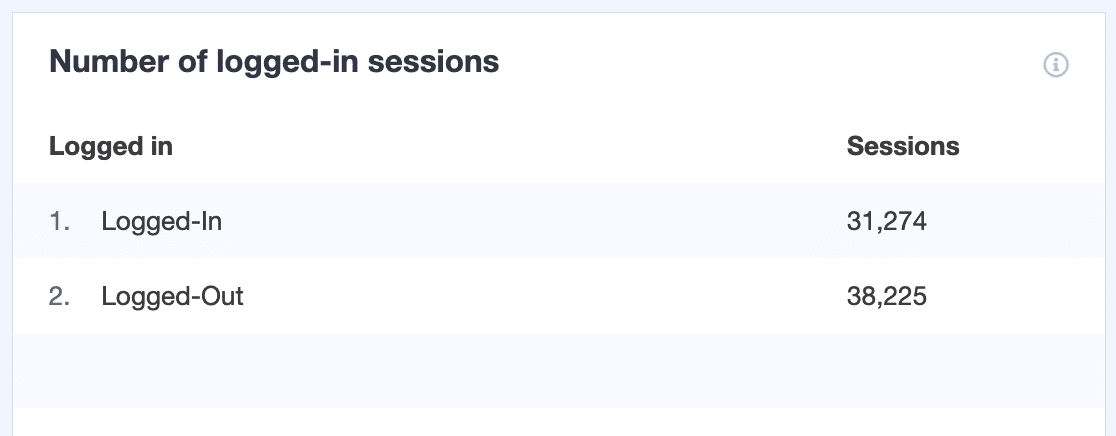
How to Find the Logged In Dimension Report in Google Analytics
In Google Analytics, you can find custom dimensions inside of your reports.
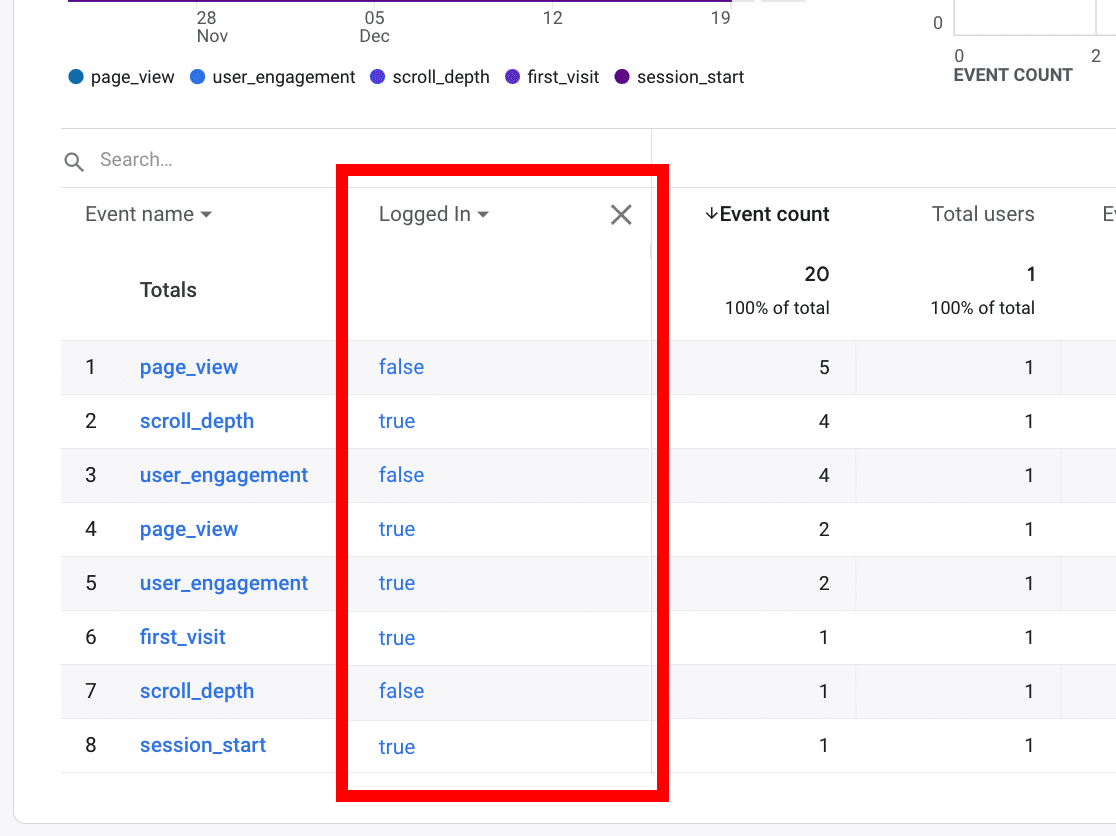
Your report will show you whether your visitors are logged in to your site (“true”) or not (“false”).
User ID Tracking vs. Logged In Custom Dimension
Below are a few differences between User ID tracking and Logged In Custom Dimension.
- Individual User Tracking: With User ID tracking, you can track the activity of each individual logged in user separately. However, the Logged In custom dimension only allows you to view logged in vs. not logged in visitors as a whole.
- Setup: To set up User ID tracking, you don’t need to use any MonsterInsights addon whereas to set up the Logged In custom dimension, you’ll need to install the Custom Dimensions addon.
- Finding Reports in Google Analytics: You can find the report for User ID tracking only in the User Explorer custom report. However, with Logged In custom dimension, you can easily add an extra column parameter when viewing detailed reports in your Google Analytics property.
We hope this guide helped you to learn the differences between User ID tracking and Logged In custom dimension.
You might also want to set up site search tracking, which provides you important insights on user interaction.
